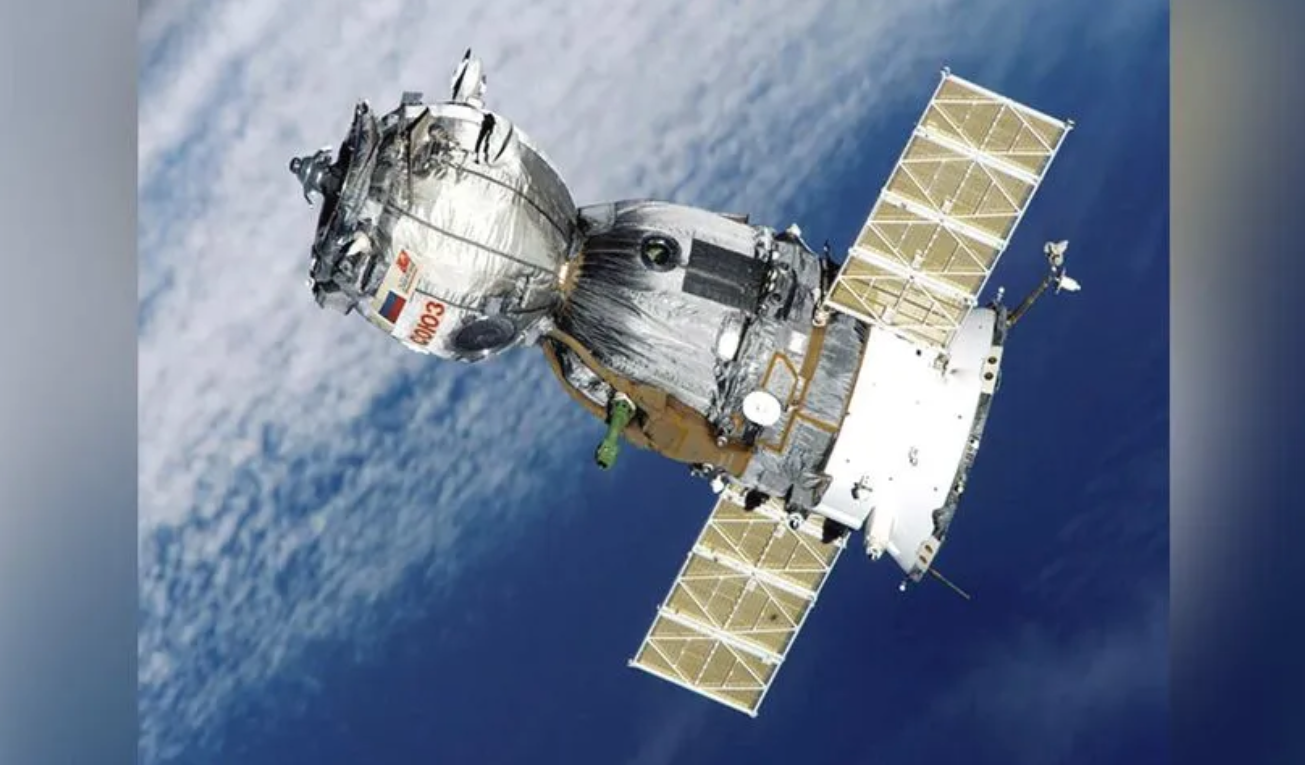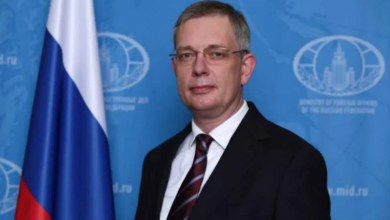UK Space agency allocates 7.4 million pounds for space exploration

London: The United Kingdom Space Agency announced an investment of 7.4 million pounds in funding for several projects to ensure the country plays a part in global space missions to the Moon, Mars and Venus in the Coming years, British High Commission said in an official statement.
According to the statement, the funding will allow various UK institutions to work with space agencies like ISRO (Indian Space and Research Organisation) and NASA (National Aeronautics and Space Administration).
One of the seven projects that was granted funding will involve the Space Science and Exploration Bilateral Programme helping Royal Holloway, University of London, develop software for ISRO’s Chandrayaan-2 and Shukrayaan orbiters.
The Chandrayaan-2 orbiter will help detect sub-surface ice on the lunar south pole while Shukrayaan will map the surface of Venus – this work will be important because Venus is covered in thick cloud making it difficult to map the surface.
The project getting the most funding is I-MIM (International Mars Ice Mapper) and will involve The Open University working with the Canadian Space Agency (CSA). The Open University will work on high-performance detectors for the Mars multispectral and stereo imager for the International Mars Ice Mapper mission so that a map can be made of accessible water ice deposits on the Martian surface.
According to the statement, the Space Science and Exploration Bilateral Programme will help Royal Holloway develop software for the Indian Space Agency (ISRO) Chandrayaan-2 orbiter to detect ice under the surface of the lunar south pole.
Another project will see the University of Leicester lead on a Raman spectroscopy instrument for iSpace’s commercial rover and lander missions investigating water ice on the Moon, helping us to understand whether this is a resource that could be used for longer-term lunar exploration.
Other projects to receive a share of the GBP 7.4 million funding include the Open University and universities of Sussex, Aberdeen and Cambridge teaming up with NASA, the Canadian Space Agency (CSA) and the Japan Aerospace Exploration Agency (JAXA).
The announcement coincides with the Global Space and Technology Convention (GSTC), taking place in Singapore this week to showcase the rapidly growing sector in Asia and opportunities for international collaboration. These projects, alongside a UK delegation at the GSTC, highlight how the UK supports its world-class scientists to work with partners around the world as set out in the National Space Strategy.
Speaking on the allotment of funds, Andrew Griffith MP, Minister for Space at the Department for Science, Innovation and Technology, said, “From exploring water on Mars and the possibility of sustained human activity on the red planet, to how galaxies evolved over time, our more than £7 million investment is pushing the boundaries of space discovery and putting the UK at the heart of some of the most important global space missions.
The work by Royal Holloway will support ISRO’s ongoing Chandrayaan programme, which began in 2003 and has been making ground-breaking steps in developing our understanding of how we may be able to use lunar resources for deeper exploration of the Moon. In August last year, its Chandrayaan-3 mission became the first in the world to successfully land on the lunar south pole.
The iSpace commercial mission will see experts at the University of Leicester lead the development of the Raman spectroscopy instrument – which helps analyse and identify molecules – that will support the Japanese programme to establish resource utilisation infrastructure on the Moon that could benefit future lunar exploration missions.
“With top UK universities from Sussex to Aberdeen leading these groundbreaking endeavours, our country is at the heart of exploring beyond our planet, working with partners in Japan, India, North America and around the world, and growing our economies.”







